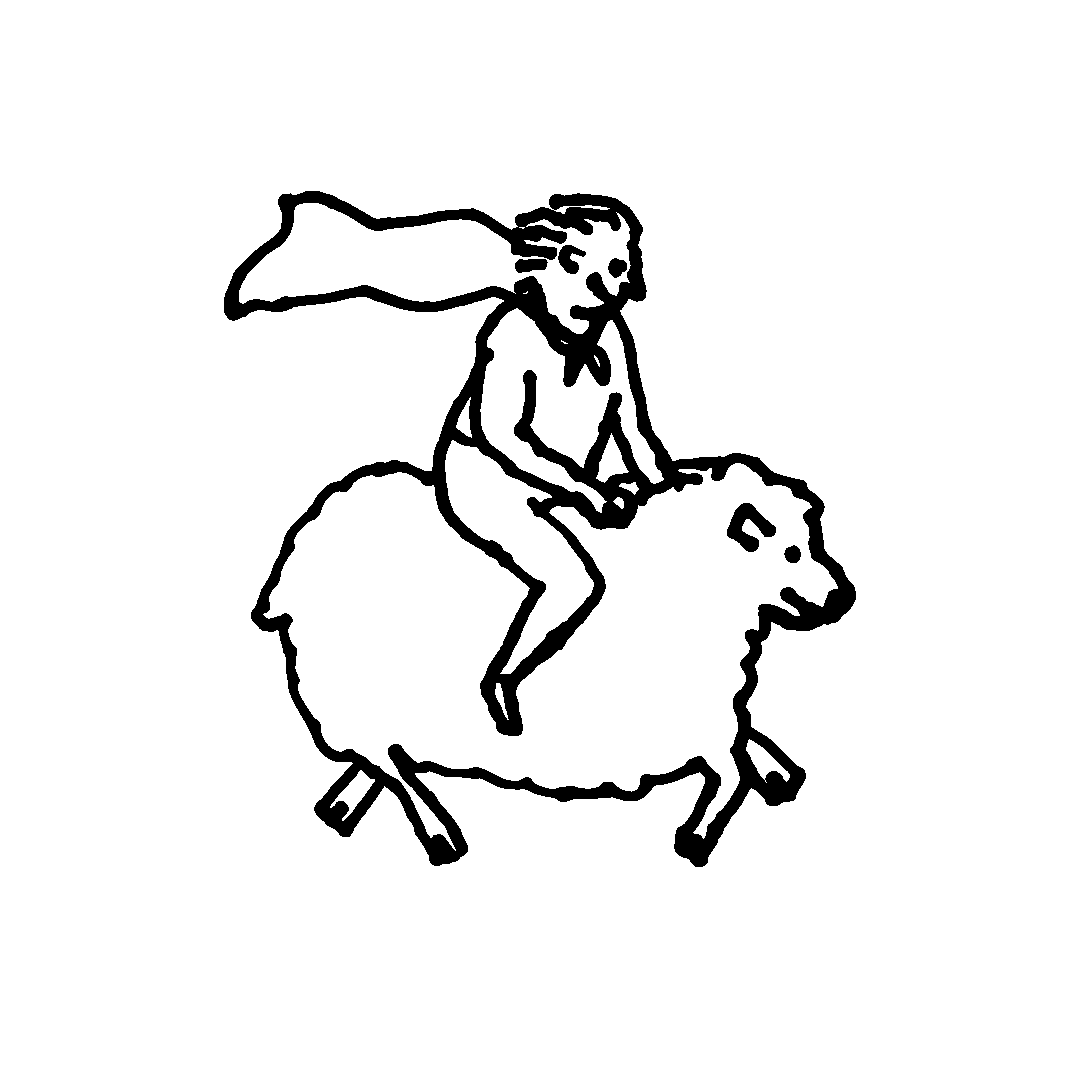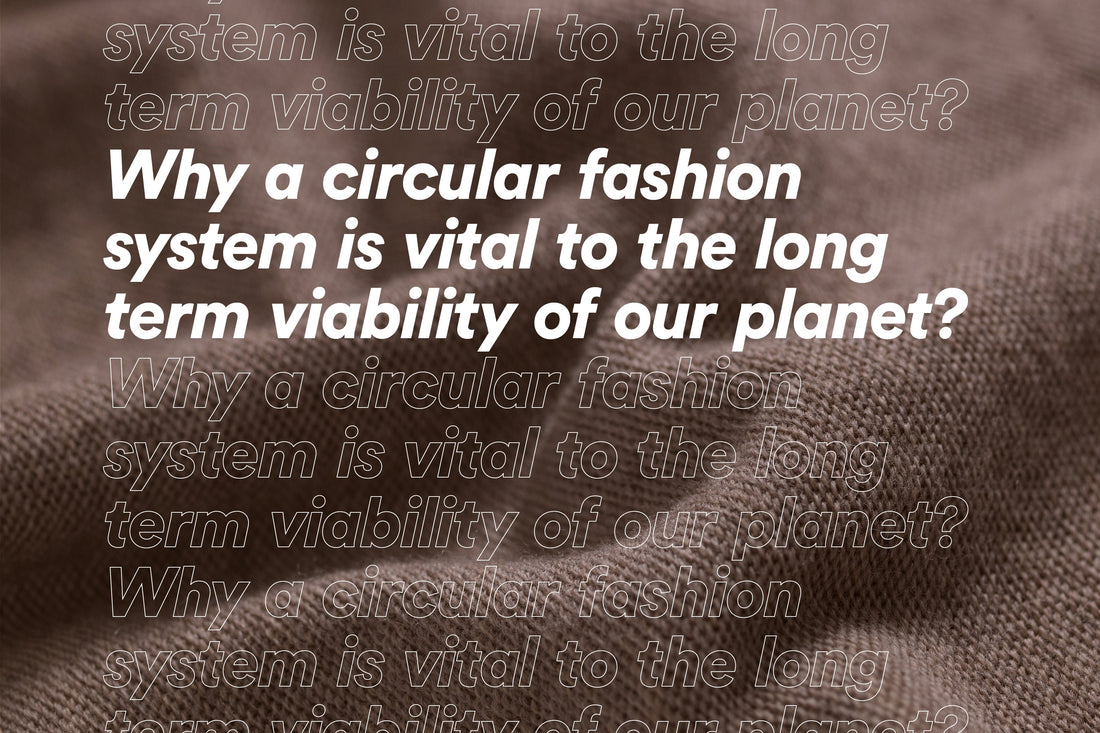Large amounts of non-renewable resources are extracted to produce clothes that are worn a handful of times before being discarded. The average number of times a garment is worn before it ceases to be used has decreased by 36% compared to 15 years ago - after which they’re mostly sent to landfill or incinerated. The fast fashion culture has enabled low cost production of millions of garments without any thought of their afterlife. As a result, textile production has become one of the most polluting industries on the Planet, producing 1.2 billion tons of CO2 per year. The linear business model is broken. It leaves no space for sustainability.
So what’s the alternative? A circular fashion model.

Sheep Inc. Standard.
We learn what a circular system is at the age of five. In the Lion King Mufasa perfectly synthesises it in his opening lecture to Simba;
"When we die, our bodies become the grass. And the antelope eat the grass. And so we are all connected in the great Circle of Life.”
The fundamentals of a circular fashion system are the same. They are inspired by nature’s own resilience and longevity. The principle is of designing out waste and pollution, keeping products and materials in use, creating business models which are restorative and regenerative by design. A circular fashion system should provide benefits for business, society, and the environment. Clothes, textiles, and fibres must be kept circulating in a high value state of use, for as long as possible. For this reason, clothes designed to last a lifetime are a moral, environmental and economic imperative.
In a circular fashion system clothes should be:
- Designed so they can be recycled.
- Designed using high quality materials and timeless style to maximise durability. Produced using renewable energy.
- Produced using biodegradable materials
- Produced minimising waste generation at each production stage.
- Created with multiple owners in mind through, for example, unisex design.
- Easily repairable to make them last as long as possible.
- Safely and effectively reclaimed and recycled at the end of lifetime. Its components should be utilised as raw materials for the manufacturing of new products or turned into biological microorganisms in the soil.
At Sheep Inc. we currently tick 90% of the boxes and are working relentlessly to make sure we tick all of them and draw some of our own as well.

Looking Forward.
The math is quite simple. By 2050 we will need three planets to support our consumption habits if we maintain the current population growth trajectory. Our earth’s raw materials are not limitless. As a result, global labour and raw material costs are on the increase. A circular model offers new ways to lessen these risks while allowing businesses to grow and diversify.
We have the power individually and collectively to create impactful, positive change. Together we can challenge the standard, conscious that it’s going to be a never ending journey. It has already begun, are you onboard?


